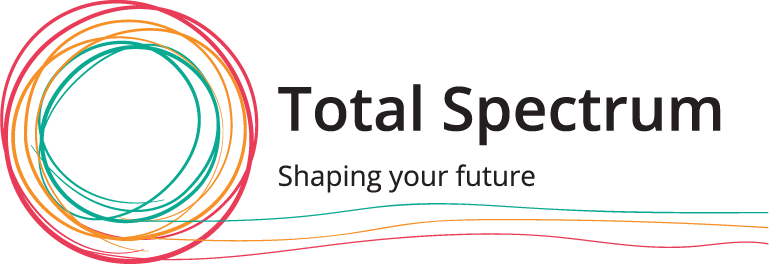The last five years have challenged many organisations. Not only did the pandemic change the way we all work, but additional challenges such as the cost of living crisis, staff retention and falling levels of employee engagement mean that employers must rethink the employee experience, particularly employee rewards, and with that, how they use benefits to attract and retain employees in the new world of work.
Employee rewards – horses for courses
Every employee will be facing different issues. It’s incumbent on the employer to try to understand and then try to offer the right response. For low-income workers’ address you could address their cost-of-living concerns by making energy payments for bills and spot payments for food needs, or by offering meals during work hours. For those who are looking for increased flexibility, then hybrid or working from home might be the answer. Whilst for those approaching retirement age, higher pension contributions may prove to be more desirable than a base pay increase.
Managing multi-generational expectations
But it’s not as easy as thinking that one type of benefit will fit everyone. In today’s multi-generational workforce, it’s essential to come up with options that will appeal to the different age groups.
Research has found that baby boomers and Gen X employees tend to value salary, health insurance, pension plans and a good work-life balance. Whilst the largest portion of the workforce – Millennials – want more autonomy, flexibility, work-life balance, and choice when it comes to benefits. And as for the youngest group – Gen Z employees – they want attentive bosses, a good work culture, environmental/sustainability assurances, great pay and flexible hours.
Traditional employee rewards versus new employee rewards
Traditional benefits and rewards such as healthcare benefits, holiday entitlement, pension plans, and bonuses now seem insufficient to appeal to the new generation of workers. Which is why employers should be looking for new ways to incentivise their workers. These may include such things as:
- Full-time flexibility
- Unlimited holiday entitlement
- Employee recognition
- Commuter benefits,
- Upskilling/reskilling
- Wellness support
- Childcare
- Financial education
- Creative and frequent reward reviews
- Lifestyle Spending Accounts
- Climate compensation
Put people first
Employers must employ a human-first approach to their benefits design and which facilitate choice and clarity and are aligned with what their employees want and need. To do this employers must ask questions, collect data and then devise options which will have a broader appeal. There are five words that could be used to underpin future employee benefits in the future and they are:
- Personalisation – meaningful and tailored to fit the person, not the role.
- Wellbeing – holistic approach with prevention taking precedence over cure.
- Empowerment – nurturing employees’ careers and lifelong ambitions to help future-proof their lives.
- Values – close alignment of values, so employees can feel they are contributing in a meaningful way to society.
- Technology – use latest digital platforms to give real-time connectivity and choice of most suitable, affordable, competitive or beneficial benefit options.
If you’re looking to place social, financial, mental and physical wellbeing, plus technology, inclusivity, flexibility and greater good at the heart of your benefits packages, please email debby@total-spectrum.com


